The objective of the Project is to improve slaughtering and processing capacity, diversify livestock products, ensure food safety, disease safety, quality and added value of livestock products; promote trade promotion, expand domestic and export livestock product markets.
Develop a number of modern, centralized slaughterhouses
Specifically, the Project sets out the following goals for livestock and poultry slaughter: Developing a number of concentrated, industrial livestock and poultry slaughter facilities with advanced equipment and modern technology associated with commercial livestock production areas; ensuring that the proportion of livestock and poultry slaughtered in concentrated industrial facilities reaches approximately 60% and 40% by 2025, and approximately 70% and 50% by 2030.
Regarding meat, egg and milk processing: Develop a number of livestock product processing facilities with scale, technology and management on par with the region and the world ; ensure the proportion of processed livestock and poultry meat compared to the total meat output is from 25% to 30% in 2025 and from 40% to 50% in 2030. The average growth rate of added value of processed livestock products is about 2 - 3%/year at present, increasing to 3.5 - 4.5%/year in the period of 2023 - 2025 and 4.5 - 5.5%/year in the period of 2026 - 2030.
Regarding technology level: Currently, industrial-scale meat processing facilities have achieved a technology level of about 15%, increasing to 25-30% by 2025 and 50-55% by 2030; the rate of facilities with advanced average technology from about 53% to 45-50% by 2025 and 35-40% by 2030; the rate of facilities with average and outdated technology from about 32% to 20-25% by 2025 and 05-10% by 2030.
For industrial-scale egg processing facilities that achieve advanced technology, the rate will increase from 60% to 70-75% by 2025 and 80-85% by 2030. Processed egg output will increase by 2 times by 2025 and 3 times by 2030. Industrial-scale milk processing facilities that achieve advanced technology will reach 85-90% by 2025 and 95-100% in the following years.
Regarding market development: the export value of livestock products will reach 1 - 1.5 billion USD by 2025 and 3 - 4 billion USD by 2030.
Building a statistical management system on slaughter and processing from central to local levels
To achieve the above objectives, the Project sets out specific tasks and solutions such as: To improve the quality of livestock and poultry slaughtering and processing, it is necessary to focus on reviewing and classifying all concentrated and small-scale livestock and poultry slaughterhouses, strengthening management activities to ensure disease safety and hygiene conditions and product quality safety according to regulations; supporting the development and connection to ensure input materials for concentrated, industrial, and advanced technology slaughterhouses associated with product processing and trading; building a statistical management system on slaughtering and processing from the central to local levels; raising public awareness and understanding of safe, branded, and traceable livestock products.
In addition, developing technical infrastructure, attracting investment, improving productivity, quality and efficiency of livestock product processing: Attracting large-scale livestock product processing enterprises with modern, synchronous processing equipment, advanced technology, associated with concentrated raw material production areas, disease safety and applying traceability systems to ensure food hygiene and safety conditions; diversifying types of processed products...
Developing local consumption markets in a sustainable manner
For the domestic market: Develop the market for livestock products in localities in a sustainable manner; build a system from livestock farming to slaughtering, processing and reaching consumers to ensure food hygiene and safety; build a model for developing traditional livestock products, specialties, branded and reputable products, ensuring high quality, food safety, convenience and competitive prices. Strengthen trade promotion activities and continue to effectively implement the campaign "Vietnamese people prioritize using Vietnamese goods".
Export market: Build brand and plan to develop key livestock product markets, promote brands for key product groups; focus trade promotion resources on large markets such as China, Japan, ASEAN... and other potential markets; proactively implement communication programs to promote brands and trade of Vietnamese livestock products to international market distribution channels; promptly grasp trade barriers due to protection policies of importing countries by producing products that meet international standards and improving understanding of international law for managers and exporting enterprises...
Tra Vinh Online Newspaper
Source











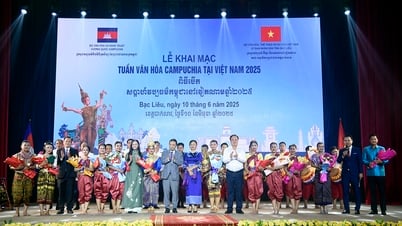
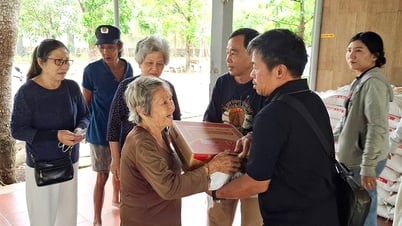









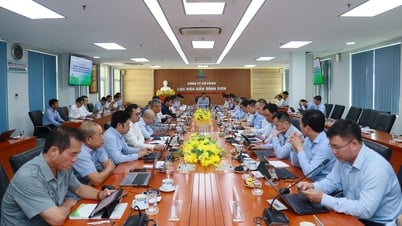
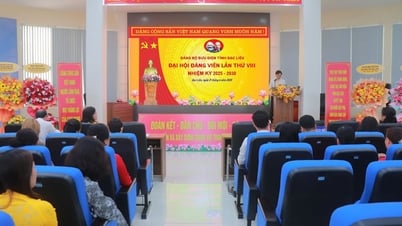























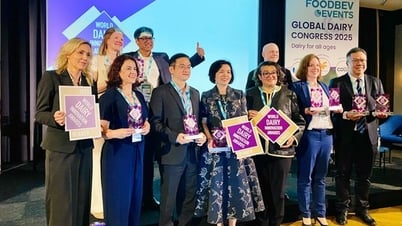















![[Infographic] Party Committee of the Ministry of Culture, Sports and Tourism: Marks of the 2020 - 2025 term](https://vphoto.vietnam.vn/thumb/402x226/vietnam/resource/IMAGE/2025/6/22/058c9f95a9a54fcab13153cddc34435e)







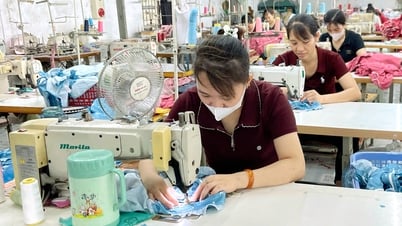











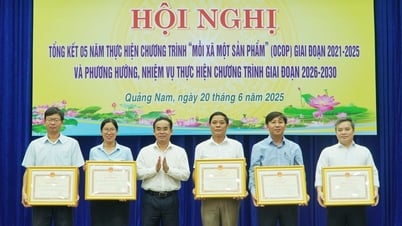







Comment (0)